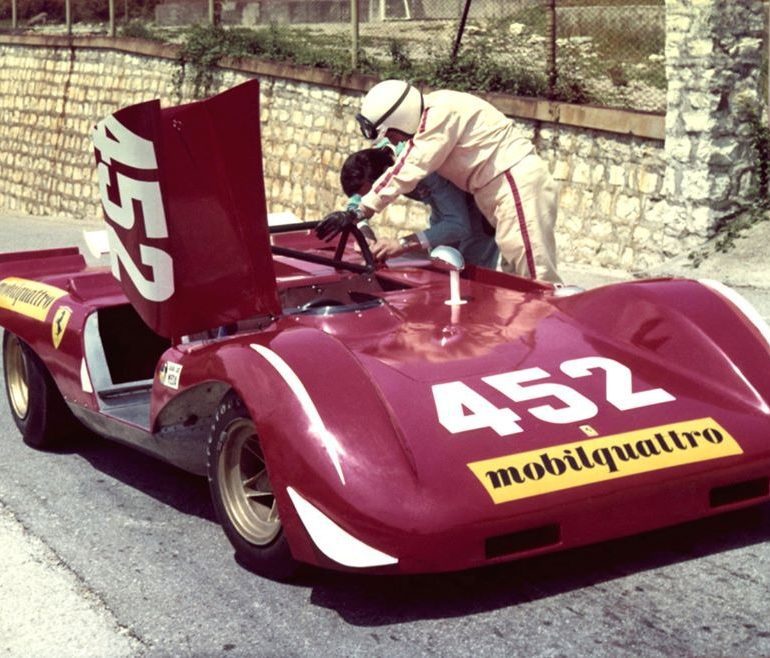Celebrating 55 years of the 1969 European Hill Climb Championship crown, where the Ferrari 212E Montagna finally gave Scuderia Ferrari its first title in this motorsport discipline, Sports Car Digest presents its readers with an in-deep story of this mythical vehicle, in a form of a detailed summary of its development and the complete analysis of the 212E racing record.
In the third and final part of this report, readers will follow the second part of the 1969 European Hill Climb Championship, observing how the 212E really established itself as an exquisite machine, gaining total admiration from both the public and its rivals. In the final section, the Montagna’s post-Scuderia days will also be revealed, with the reader being able to observe the (mis)adventures of the 212E in its life away from its original owners.



